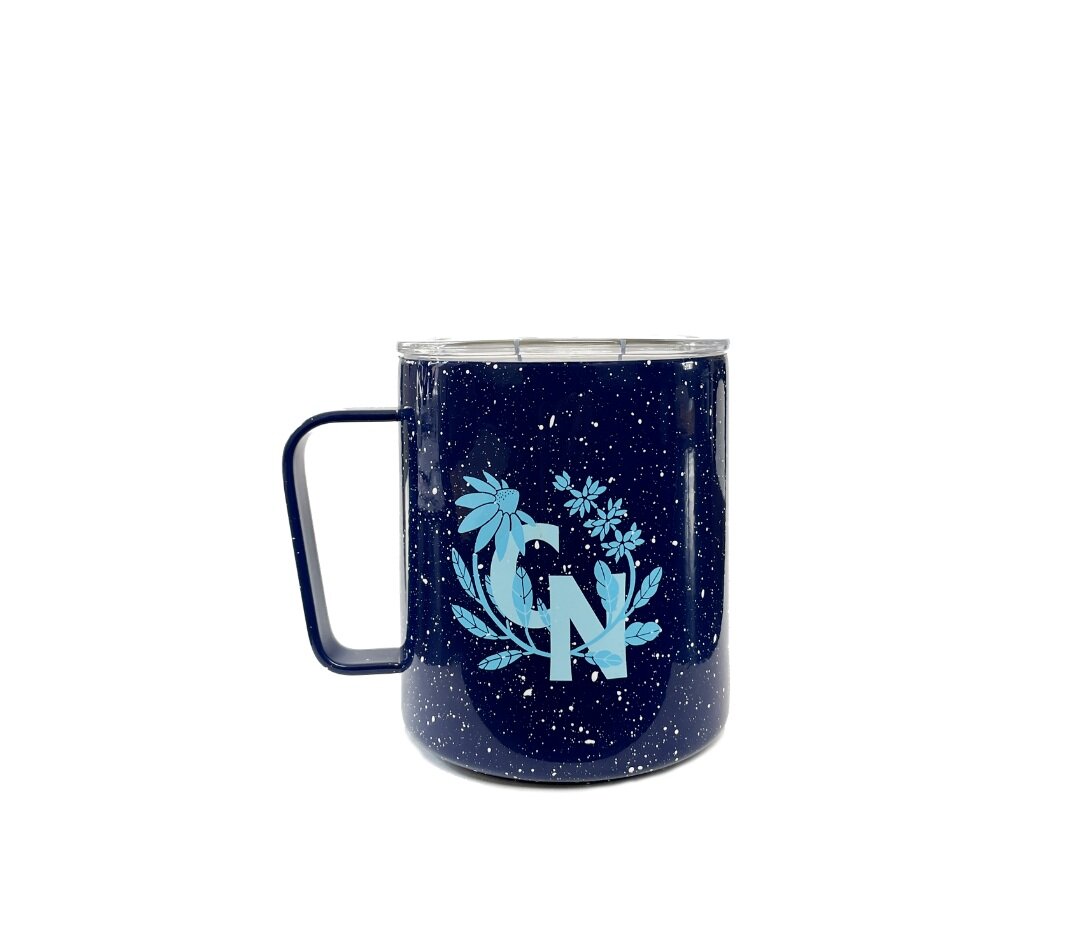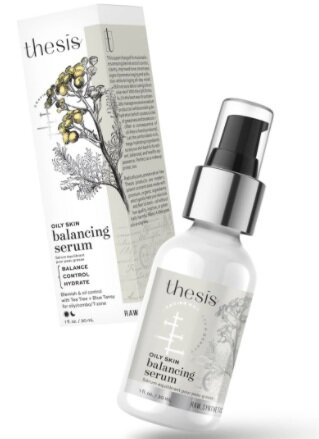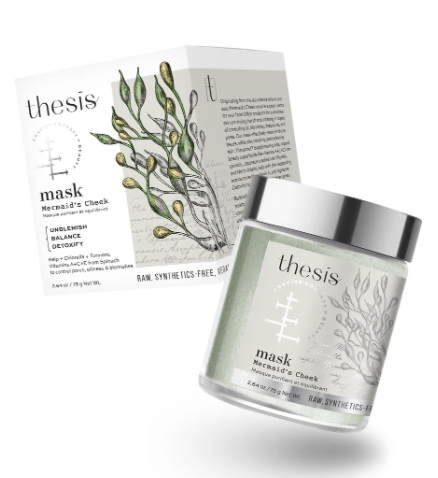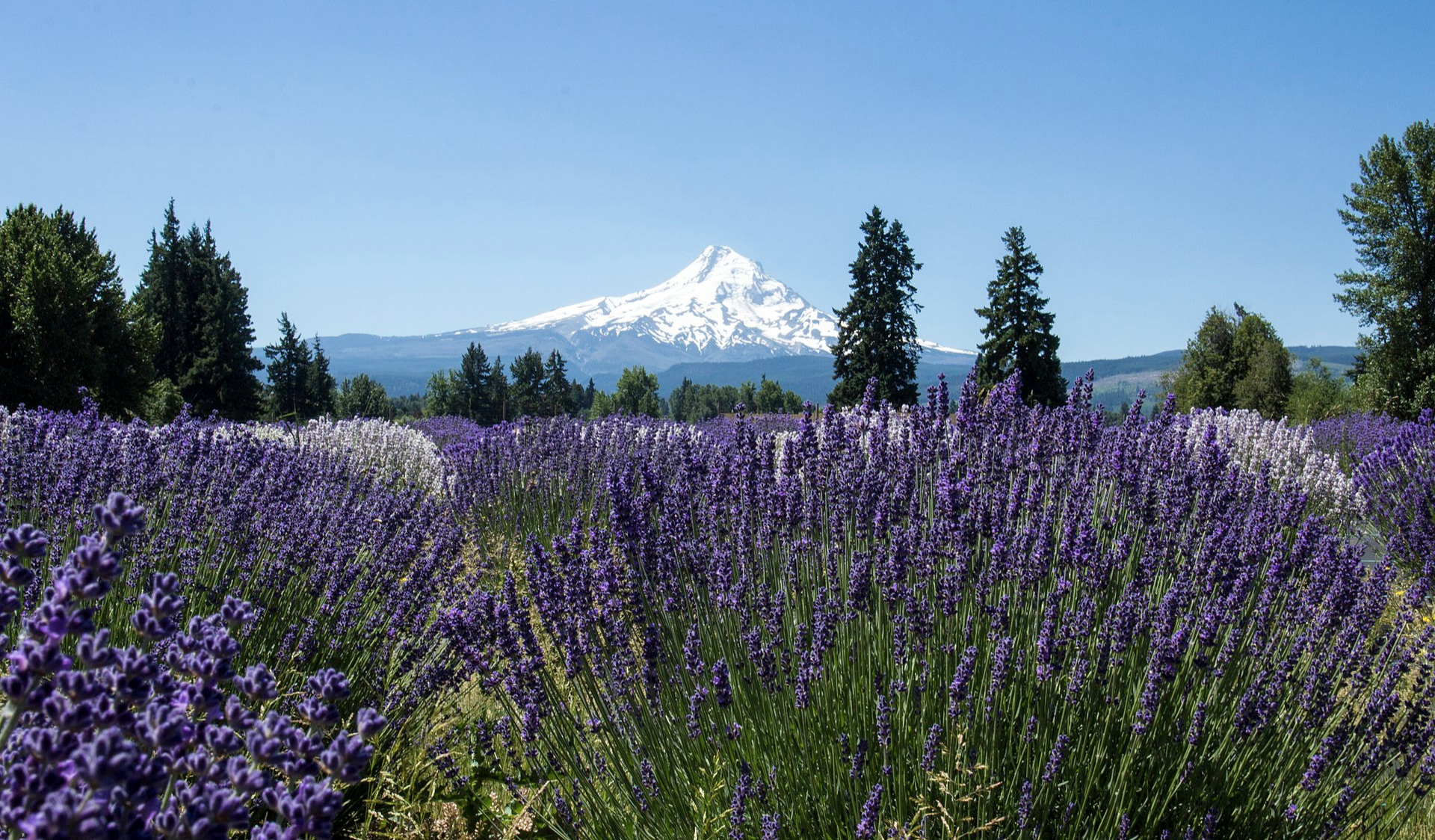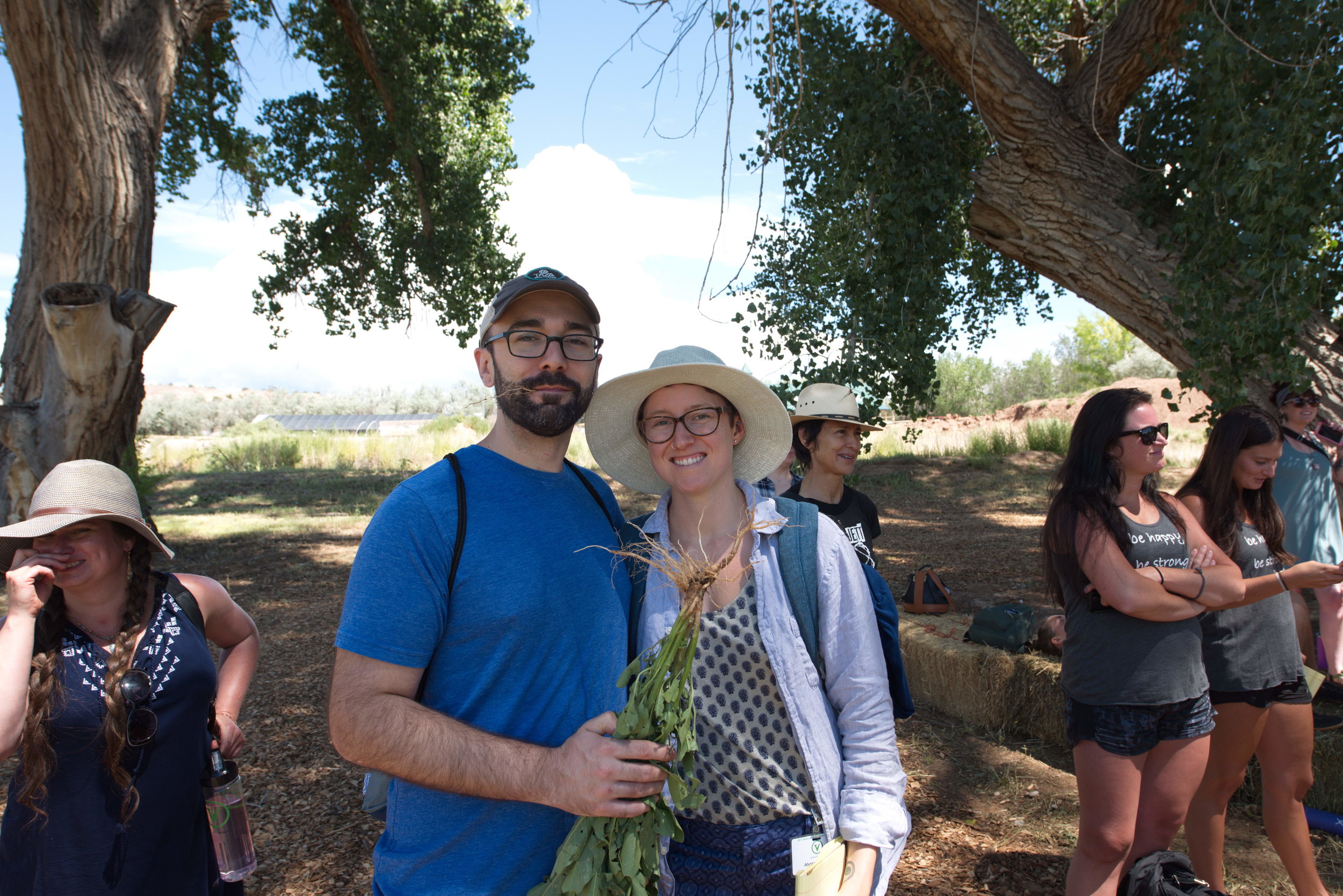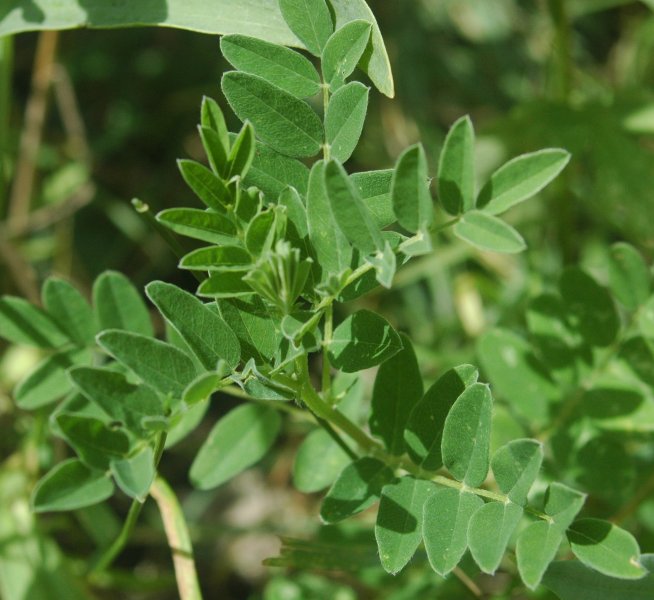By Amber Testa
CN Supplements Buyer & Fungi Enthusiast
Image via OM Mushrooms
Out of all the mushrooms commonly used for medicinal purposes, cordyceps (cordyceps species, including c. sinensis and c. militaris) may indeed be the most bizarre. A bulbous-topped, finger-like fungus, its scientific name literally comes from the Greek words meaning 'club-headed'. But you may have heard it called the 'zombie caterpillar fungus' due to the fact that it grows primarily by parasitizing the living bodies of caterpillars. (More on that later.) You may also know of its appearance in science fiction works like the videogame 'The Last of Us' and the novel/movie 'The Girl With All the Gifts'; in both, it is responsible for a global outbreak of zombies.
Suffice to say that pop culture hasn't exactly been kind to the noble cordyceps. It's something of a shame, really. Cordyceps has a long and storied history in Traditional Chinese Medicine, where it's called Dong Chong Xia Cao, or 'Winter worm, summer grass'. The earliest recorded usage of it dates to 1757, though it likely entered the TCM materia medica long before that. It's believed to strengthen the lungs and kidneys, as well as support cardiovascular health. So it comes as no surprise that Western herbal healing promotes it for stamina, energy, and metabolic health.
Wild cordyceps is usually found in the Himalayan mountains, where it parasitizes the bodies of caterpillar larvae. It infects its host and eventually fruits from the head of the caterpillar, killing the insect. (This particular aspect of its life cycle has led to some truly weird photographs of the fungi, many of which I viewed--and cringed at--while writing this.)
Image by David Evans via Wikimedia Commons
Though cordyceps contains a variety of important nutritional compounds such as vitamins B1, B2, B12, and K, as well as the amino acids L-threonine and L-lysine, it is not usually used as a culinary mushroom. Most cordyceps supplements can be found in the form of powders (which are easily added to smoothies, protein bars, and even oatmeal), or as easy-to-swallow capsules.
So, wait, you might be thinking. You want me to eat a mushroom that's grown on bugs?! I'll pass, thanks. The good news is that most commercially-cultivated cordyceps is grown on a substrate of rice or barley, making it both vegan and vegetarian. Wildharvested cordyceps (aka cordyceps that's found growing naturally on caterpillars), obviously isn't.
You must be wondering, of course--does it taste weird, like insects? Thankfully, the answer is no. In terms of flavor, cordyceps is pretty mild, and easy to cover up in recipes.
When it's wildharvested, cordyceps can fetch up to $50,000 per pound, making it the most expensive fungi in the world. But cultivated cordyceps is significantly more budget-friendly, enough so that everyone can incorporate it into their supplement regime. At Cambridge Naturals, we carry a variety of cordyceps products such as capsules, dried mushroom powders, and even hot cacao mix, making it easy to add some of this eccentric mycological powerhouse to your diet.
And don't worry--it absolutely won't turn you into a zombie.
Sources:
OM Mushrooms, https://ommushrooms.com/
The National Library of Medicine, https://www.ncbi.nlm.nih.gov/pmc/articles/PMC3909570/






